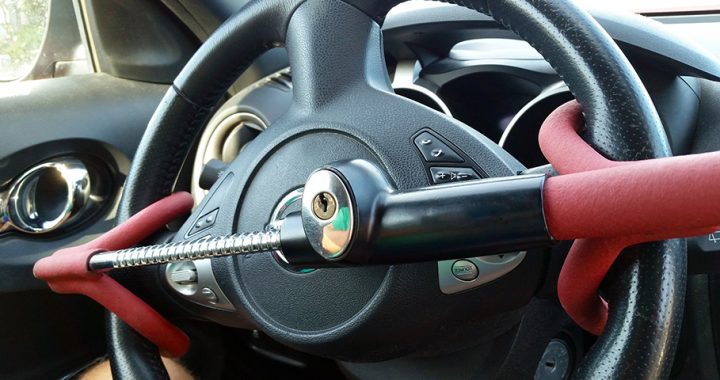Choosing Your Auto Insurance Type
3 min readIn most states, car insurance is not an option. Some sort of coverage is mandatory in order to operation a motor vehicle lawfully. That being said, you may be wondering what sort of auto insurance coverage to purchase. There are two approaches taken by most motorists. On the one hand, you have those who want the minimal amount of coverage, meaning they want liability coverage. Yet, others want full coverage so they have wider range of protection.
Asking the question, is one car insurance type any more beneficial than the next. As mentioned earlier, the least amount of cover that is required is liability insurance. This based upon the guidelines of most state laws. Clearly, if you wish to drive legally you will at least have to purchase some sort of liability insurance policy. This type of insurance is meant to protect you from legal repercussions in the event that you cause a injury to another motorist or property damage.
Liability cover is sorted out by alternate numerical functions. There are three numbers used to describe coverage levels. For example, if you have 30/50/10, the 30 defines the amount ($30,000) that the insurance company will pay to cover any bodily injuries sustained by a single person, with each accident. The second number, 50, equals $50,000 and is the maximum amount that the provider will pay for every injury that is a result of a particular accident. Finally, the third number 10 equals $10,000. The final amount is used to pay for any damage that is made to property.
Now, full coverage affords the motorist far more area and levels of protection than basic liability coverage. All things being equal, this assumption does not equal total cover. The term ‘full’ is defined as including extra cover in addition to the basic liability. Two major components—other than liability—include comprehensive and collision. Full insurance cover has a degree of flexibility so that adding comprehensive without collision is allowed, but if you need collision you must have comprehensive.
Briefly, comprehensive guarantees protection against damage caused by theft, vandalism, fires, and natural disasters like hail. Collision affords protection to the motorist in the event they are injured in a collision and proves options for getting repairs made or for the purchase of a replacement vehicle.
You can understand now what the essential difference between full coverage and basic liability coverage is now. That being so, you will need to come to a decision about how much protection you want from your auto insurance cover. Factors like vehicle type, year, and whether you are currently under financing to purchase a vehicle can determine what sort of auto insurance you will need. Insurance plans that offer full cover will obviously be more expensive than the simple basic auto insurance plans. Anything you add will cost you extra. So bear that in mind. Searching alternate providers will also all you to find the ideal cover for your personal requirements.
Car insurance should be seriously considered. Making time to make an informed decision on what level of insurance cover you need and how much you can afford is imperative.




